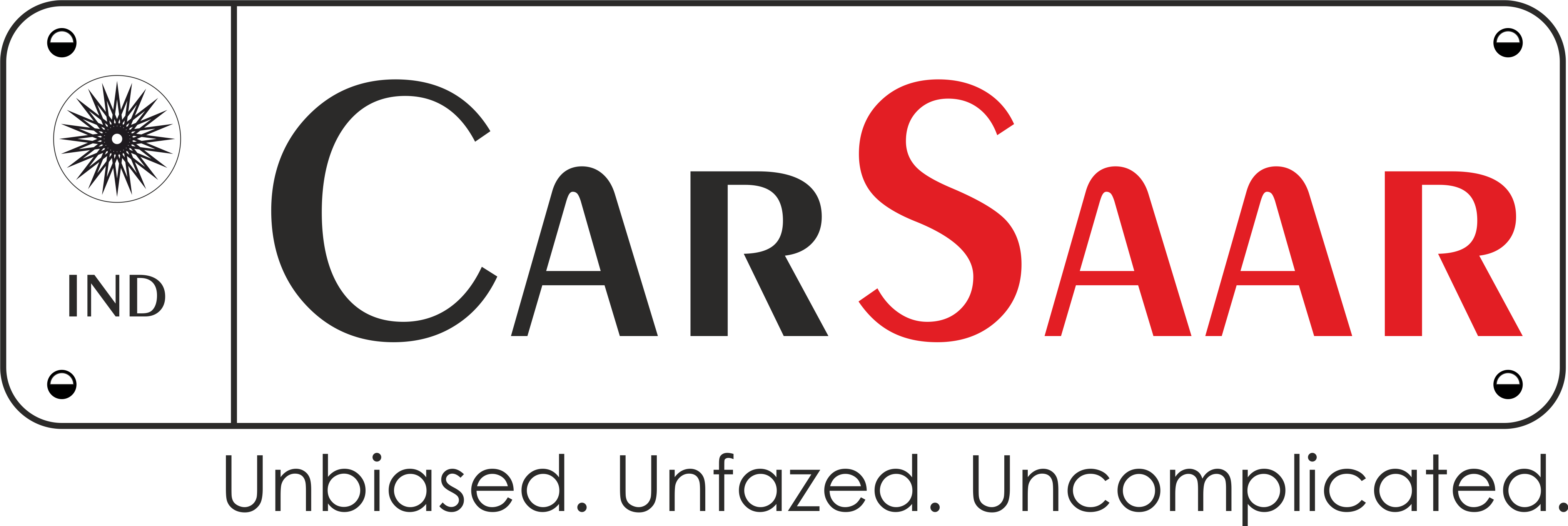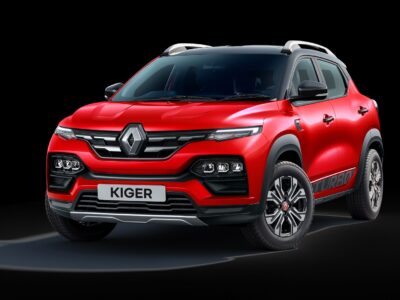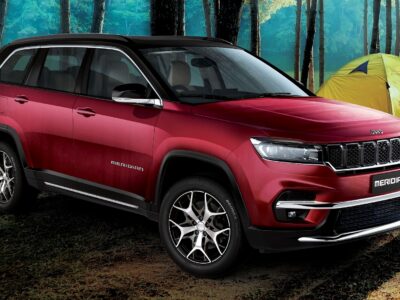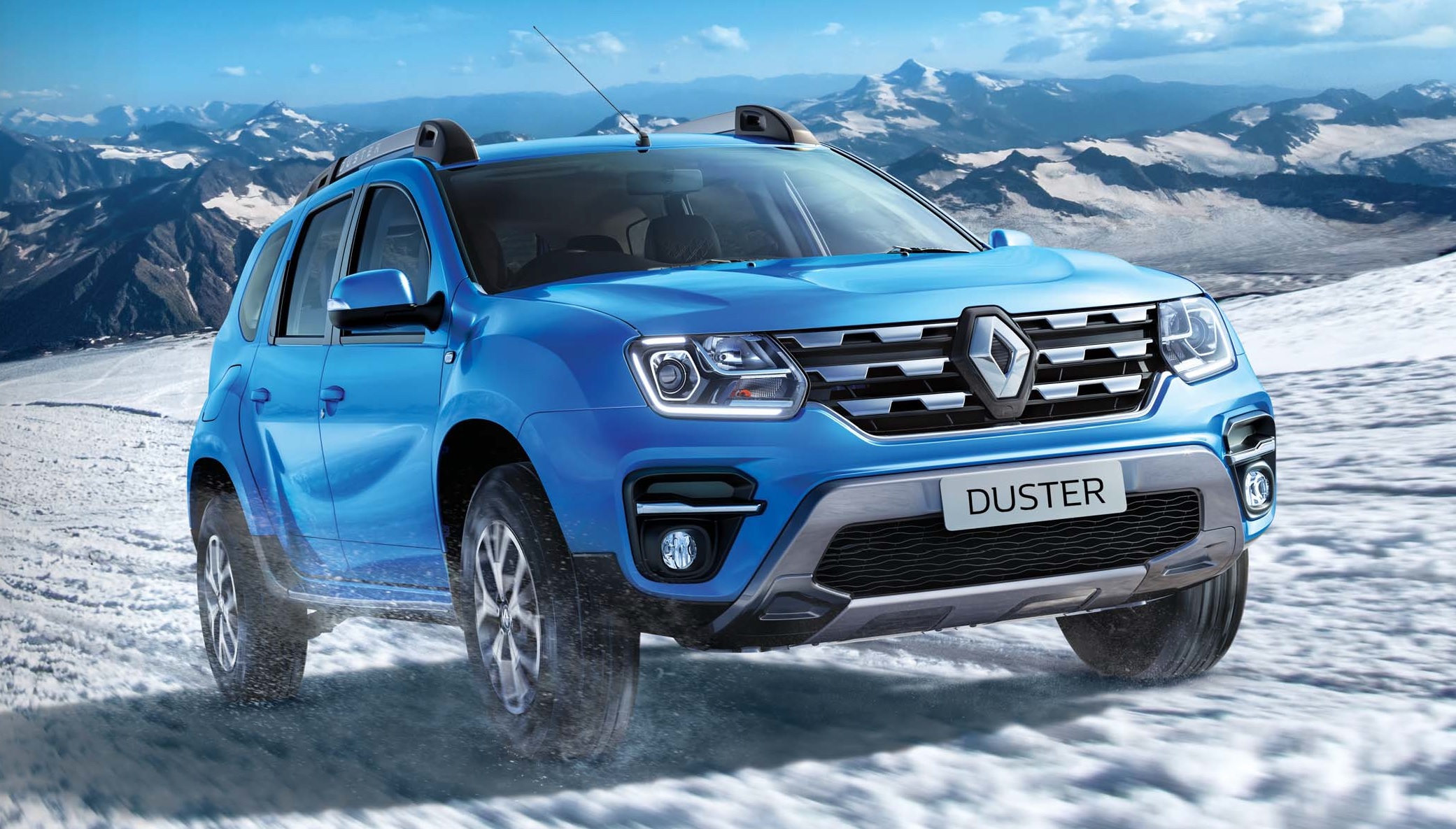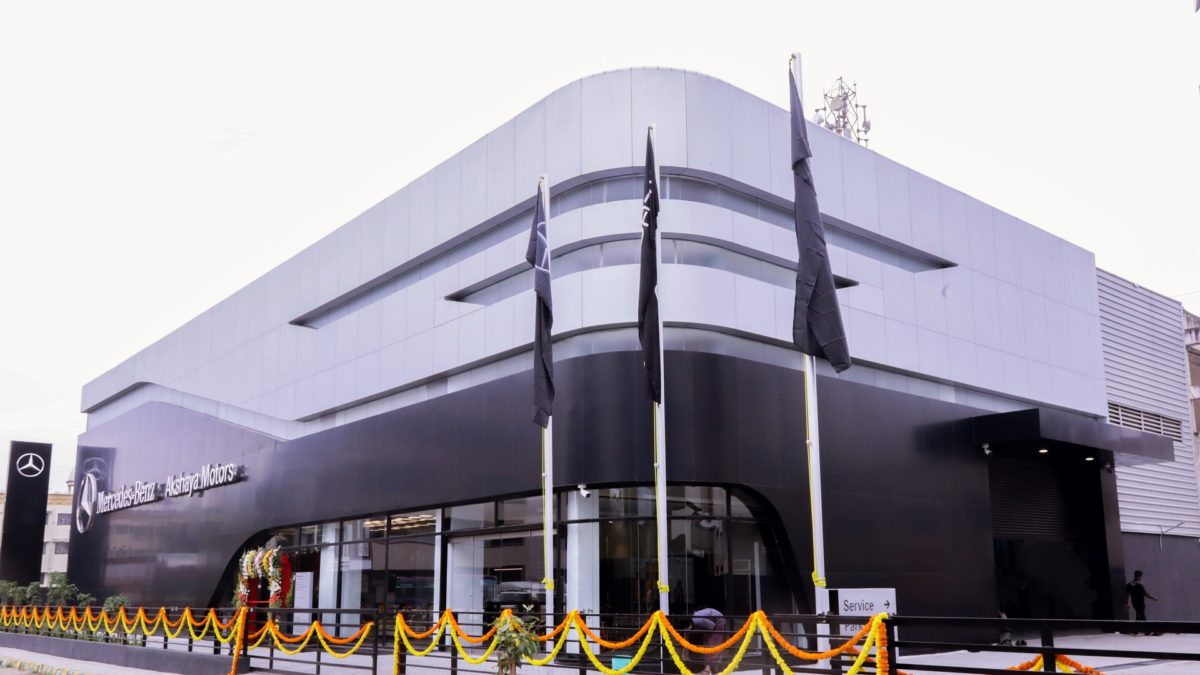It’s official! Renault India will launch the Duster facelift on July 8, 2019. As expected, the compact SUV will flaunt a number of cosmetic changes inside and out, in addition to a couple of new features. Mechanically, however, it is unlikely to change as the company, like all others in India, is busy upgrading its powertrain line-up to meet with the stricter BSVI (Bharat Stage VI) emission norms.
So, what all will be new? On the outside, the refreshed Duster will boast restyled front and rear bumpers, reprofiled headlamp enclosures with LED DRLs and projector units, a chrome-draped new front grille, a sculpted bonnet, faux front and rear skid plates, new alloy wheels and plastic cladding on the tailgate. Inside the cabin, the revamped SUV will have a new, multifunction steering wheel, restyled AC vents and metallic accents to liven-up the interior ambience. Finally, there will be a new Blue exterior colour on offer as well.
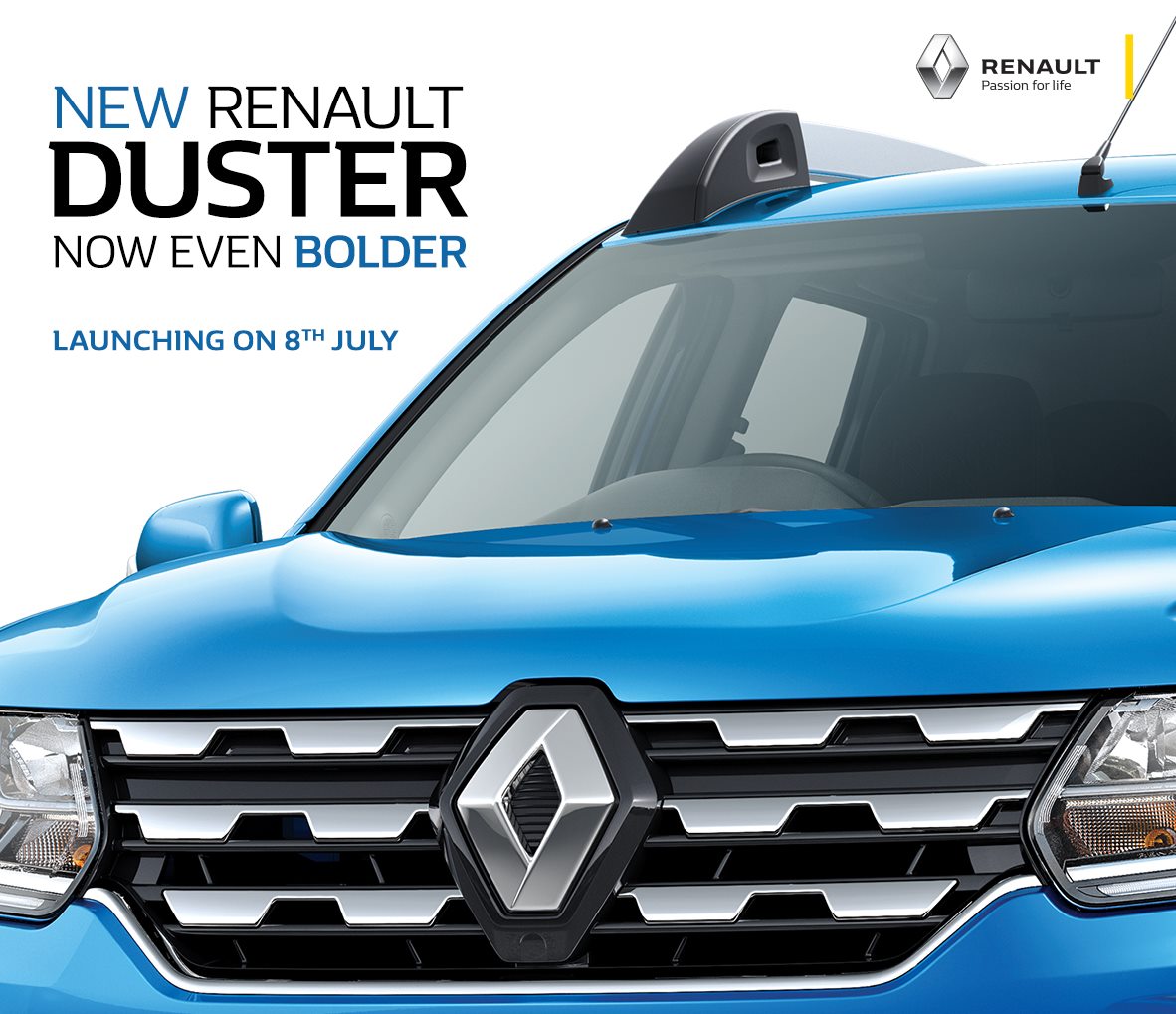
Mechanically, the Duster facelift is likely to carry the same engine and transmission options. The 1.5-litre petrol engine, which is good for 106PS/142Nm, will be available with a 5-speed MT and a CVT. The 1.5-litre diesel engine, which is tuned to produce 110PS/245Nm, will be offered with a 6-speed MT and a 6-speed AMT (automated manual transmission). The latter engine is unlikely to be offered in the 85PS/200Nm tune with the refreshed Duster.
It is also believed that Renault India, like Maruti Suzuki, will not offer any diesel-fed models from April 1, 2020. That’s the day when every carmaker in India will have to sell only BSVI-compliant models. The costs involved in upgrading a diesel engine to meet the stricter emission norms will put the Duster’s price way beyond the competition. What that means is that the Duster, when upgraded to BSVI standards, will only have petrol-powered variants in its line-up.
The Renault Duster is currently priced between Rs 8 lakh and Rs 13.1 lakh (ex-showroom Delhi). The refreshed version is likely to be in the same sort of price range. Once launched, it will not only compete with mid- and high-level variants of the Mahindra XUV300, Ford EcoSport and the Hyundai Venue, but also with the Hyundai Creta, Nissan Kicks and the Renault Captur. The soon-to-be-launched Kia Seltos will also fall in the same segment.

